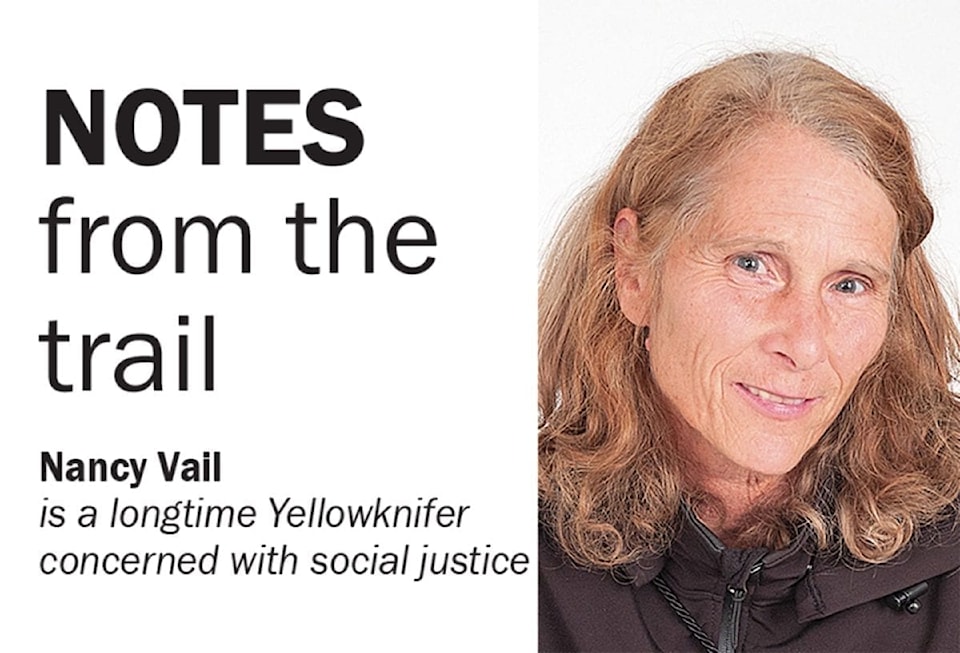The city held a well-attended public meeting on homelessness recently.
It was a gathering at the Tree of Peace that attracted well over 50 people from all walks of life. That it was so well attended is because the situation at local shelters is critical – they are no longer able to cope with the high number of people looking for places to sleep. This puts everyone at risk.
The overcrowding is only one part of the problem. The other is the type of clients looking for services, with some being more violent and putting both staff and other shelter users at risk. A recent study showed that many workers are suffering from PTSD after having to spend their time breaking up fights and coping with assaults.
If the behaviours are out of control, it is often because of the substances that some are using — cheap street drugs from the south that produce violent behaviours in users. Sometimes so violent that other shelter users prefer to stay on the streets. Some of those are older, local, long-term residents of the shelters who can't cope with what they see inside.
It is one reason why wooden tent pads went up around the city, put up by people concerned for the welfare of those on the street. They did draw the ire of some local residents but the act of providing them was one of care and compassion.
Of course, tent pads are not the answer, especially at night and in an environment where some are not protected from the elements. But they certainly drew attention to the urgency of the situation, especially with winter not far away. Service providers are surely urgently trying to avoid a repeat of what happened a few years ago when the GNWT was forced to take emergency measures to provide beds.
Solving the homeless problems goes way beyond just providing more homes. We know that to keep people off the streets, we need to put more money into treatment and, in particular, local treatment centres so that people are able to keep their homes once housed.
One participant at the roundtable noted that she too had been in the shelter system but was now working to become a First Nations counsellor. However, providing the type of services they need is difficult in a community where there is one wellness centre but no other treatment facilities.
The increased homelessness situation here is exacerbated by the lack of services in the communities, which are also feeling the stress of dangerous street drugs. I recently had the opportunity to work in a number of communities in the North and the story was often the same: a shortage of mental health workers, — often one or none present — and no shelters or services. Communities that have been sheltered from the changing nature of the more violent street scene are now seeing the same kinds of situations we see in Yellowknife, but they have few resources to help them cope. Because substance abusers are becoming more violent, community members no longer want to provide temporary accommodations. They are becoming afraid of what they see on their own streets.
With no shelters, limited mental health and treatment options, no access to food or clothing, the homeless in some communities make their way to Yellowknife, which is why we are seeing more people on the streets. It's the domino effect.
All of this suggests that solving the homelessness problem will take a multi-pronged approach, not only in Yellowknife but in the communities. The issues here will not be solved unless we also work to solve the issues there.
Let's hope the roundtable session we had in Yellowknife are the first of more to come and that more residents will become involved in trying to find solutions. We are all affected by homelessness. This is not something that just puts people on the streets at risk, but everyday residents who have to navigate their way through a growing, complicated environment.
Winter is around the corner. We must get moving.
